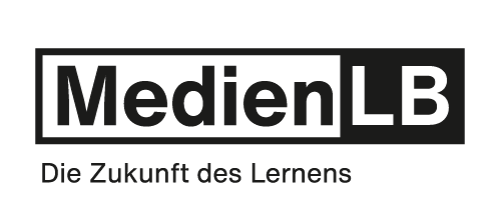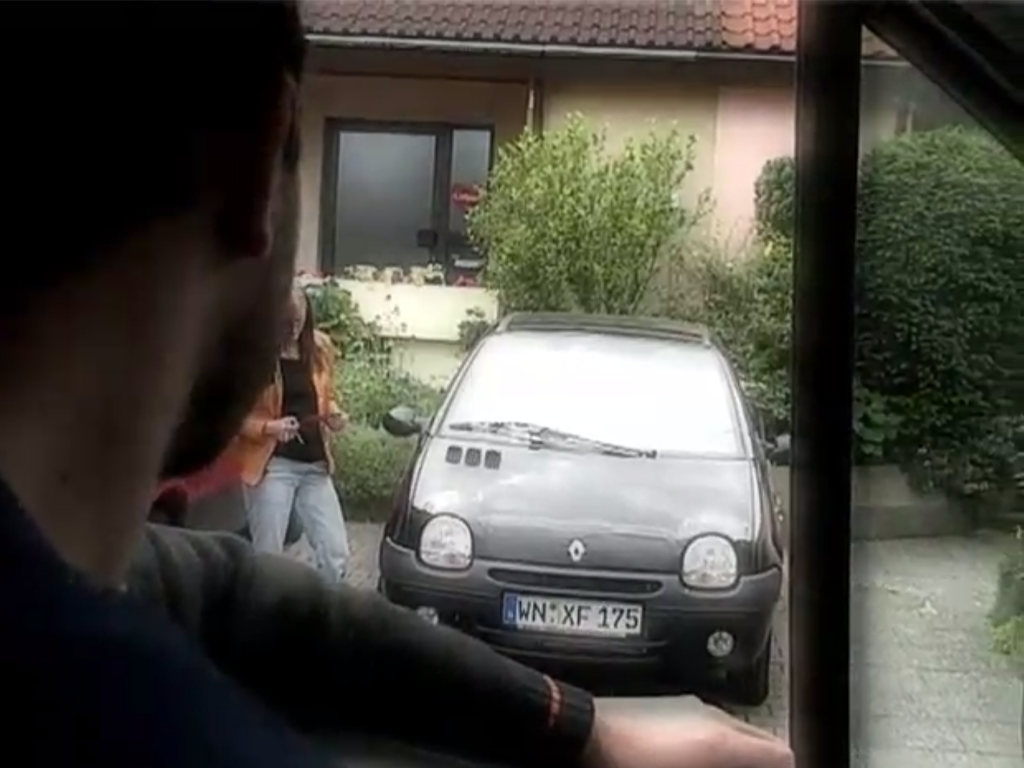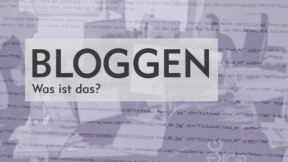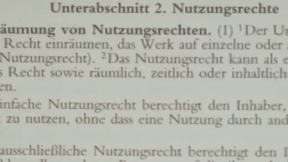 Geography
Geography


46502146 / 55501771
Climate Phenomena
Impact of El Nino on the Weather
Weather, atmospheric condition and climate must be clearly distinguished.
Weather describes the current state of the atmosphere surrounding us in a certain place.
That means that the weather may change by the day or even at hourly intervals, and that the weather on Earth differs considerably.
Our Earth is surrounded by a thick envelope of air which is composed of different layers. This envelope of air is called atmosphere.
The weather takes place in the lowest layer of the atmosphere, the troposphere. Due to the Earth’s gravity, it is the densest part of the atmosphere because it contains 80 per cent of the air and almost all gaseous water, which is the moisture bound in the air.
The driving force of all weather events and the constantly revolving masses of clouds and air in the troposphere is the sun.
Through light and heat radiation the sun provides energy and is like an engine powering our weather.
So the foundations of the weather are the warming sunrays, the water in its hydrological cycle and the air which surrounds us with its pressure balancing wind flows that mix and react with one another according to simple physical laws.
When these components are available in various amounts, elemental weather phenomena such as fog, clouds, rain, snow, wind, frost and sunshine are formed.
The weather often changes daily and sometimes even several times a day and is almost never the same everywhere.
So weather is the momentarily perceptible state of the lower atmosphere, the troposphere, in a specific place at a specific time.
In the course of a year, the large-scale weather pattern can also remain the same for some days or weeks. Typical characteristics of similar weather are called atmospheric condition.


Curriculum-centred and oriented towards educational standards
Matching
Stalking
n Germany, 12 % of all federal citizens are pursued by a stalker once in their lives. And not only celebrities are among their victims! Everyone may be confronted with such a situation.
Blogging
The weblog or blog, for short, as a medium is not much older than this century. Blogs came into being in the World Wide Web as ’messages from below’, as web pages from web creators who wanted to share their view of the world with the world. They are short notes, long texts, pictures, videos, which are posted loosely and at random intervals to the world for an undefined public.
Copyright
Copyright is subject to constant change to keep up with technological advances. This film enables the viewer to grasp the basic principles of this extremely intricate matter. By way of introduction, the film defines what an author is, what kinds of works there are and how long a work is protected on principle. Then the fundamental rights of an author are cited and it is shown how these are exploited in our times. In the third chapter, the respective rights are illustrated by way of practice-oriented examples of books, photos, music and films. Here, of course, an emphasis is laid on the field of education, taking into account the latest case law within the EU and Austria in particular. A further chapter highlights the problems arising with the Internet and goes into the citation law and pirate copies. All in all, in this way the viewer is made familiar with the most important basic terms and their meanings. Comprehensive worksheets and additional accompanying material invite us to deepen our knowledge of the subject.









